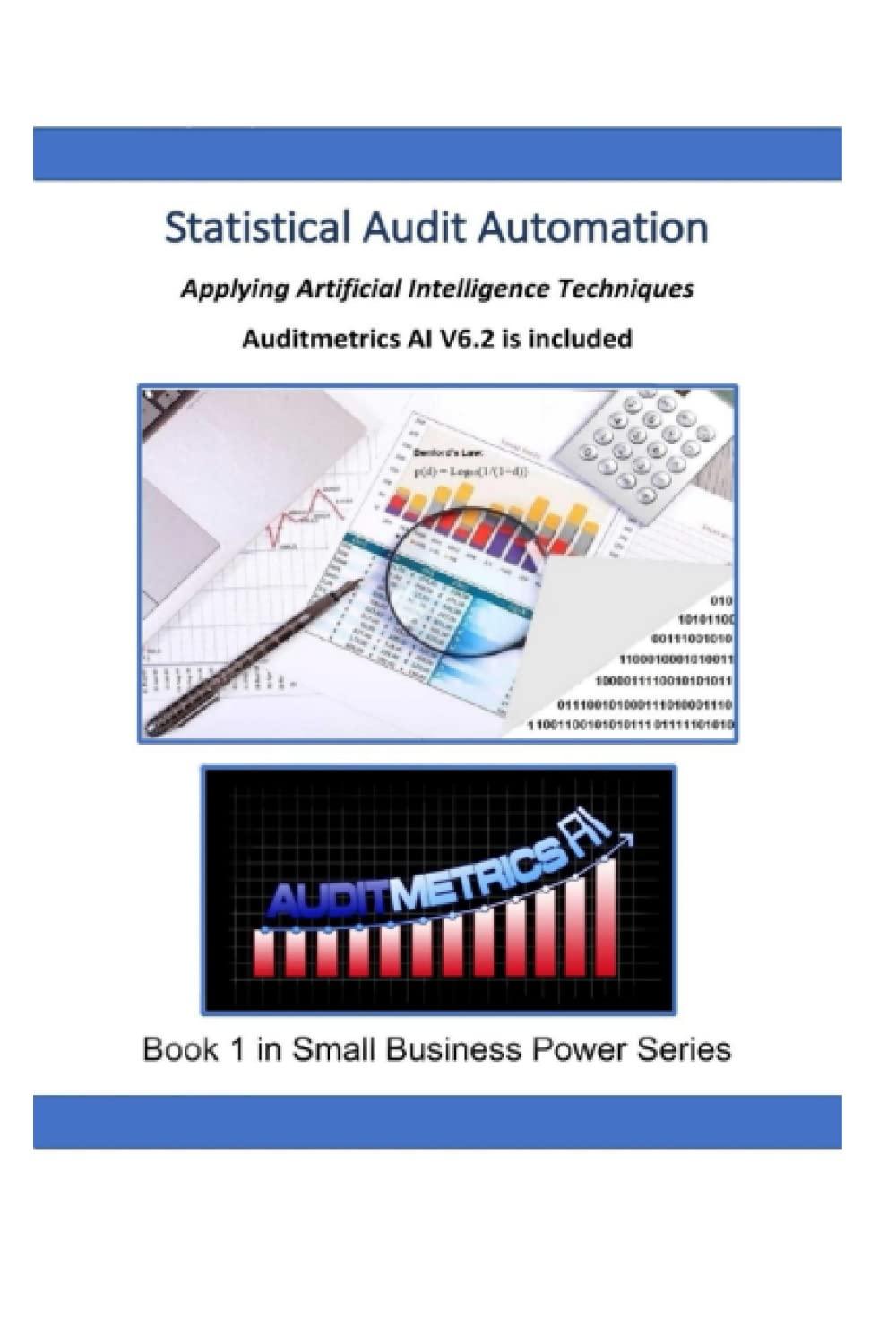Question
Estimating WACC and Expected Growth in Dividends Model United Parcel Service, Inc. (NYSE: UPS) was trading at $73.73 at December 31, 2012. Its dividend per
Estimating WACC and Expected Growth in Dividends Model United Parcel Service, Inc. (NYSE: UPS) was trading at $73.73 at December 31, 2012. Its dividend per share was $2.48, its market beta was estimated to be 0.84, its average pretax borrowing rate is 3.1%, and its statutory rate is 37%, consisting of the 35% federal rate plus the 2% state rate net of federal benefits. UPS's market value of equity (market capitalization) was $70.26 billion, computed as 953 million shares times its $73.73 price, and its total market value (enterprise value) was $84.92 billion, computed as $70.26 billion in equity plus the fair value of long-term debt of $14.66 billion (disclosed in note 7 of the financial statements). Assume a risk-free rate of 2.5% and a market premium of 5% to answer the following requirements. (a) Estimate UPS's cost of debt capital, cost of equity capital, and weighted average cost of capital. (Round your answers to one decimal place.) Cost of debt capital = Answer% Cost of equity capital = Answer%
Calculate the weighted average cost of capital. (Use your rounded answers from above. Do not round until your final answer. Round to one decimal place.)
Weighted average cost of capital = Answer% (b) Using the dividend discount model, and assuming a constant perpetuity at its dividend level, estimate UPS's intrinsic value per share. (Use the rounded cost of equity capital calculated in (a). Round your answer to two decimal places.) $Answer (c) Using the Gordon growth DDM and assuming next period's dividends equal $2.48 and grow at a constant rate for each period thereafter, infer the market's expected growth in dividends that are necessary for UPS's intrinsic value to equal $73.73 per common share. Assume that its cost of capital is 6.7%. (Do not round until your final answer. Round to one decimal place.) Answer% Discuss the reasonableness of this growth factor.
The growth in dividend factor is close to what was expected due to the fact DDM places the correct amount of weight on the dividends beyond the forecast horizon.
The growth in dividend factor is higher than expected due to the fact DDM places a tremendous amount of weight on the dividends beyond the forecast horizon.
The growth in dividend factor is lower than expected due to the fact DDM places a tiny amount of weight on the dividends beyond the forecast horizon.
Step by Step Solution
There are 3 Steps involved in it
Step: 1

Get Instant Access to Expert-Tailored Solutions
See step-by-step solutions with expert insights and AI powered tools for academic success
Step: 2

Step: 3

Ace Your Homework with AI
Get the answers you need in no time with our AI-driven, step-by-step assistance
Get Started


